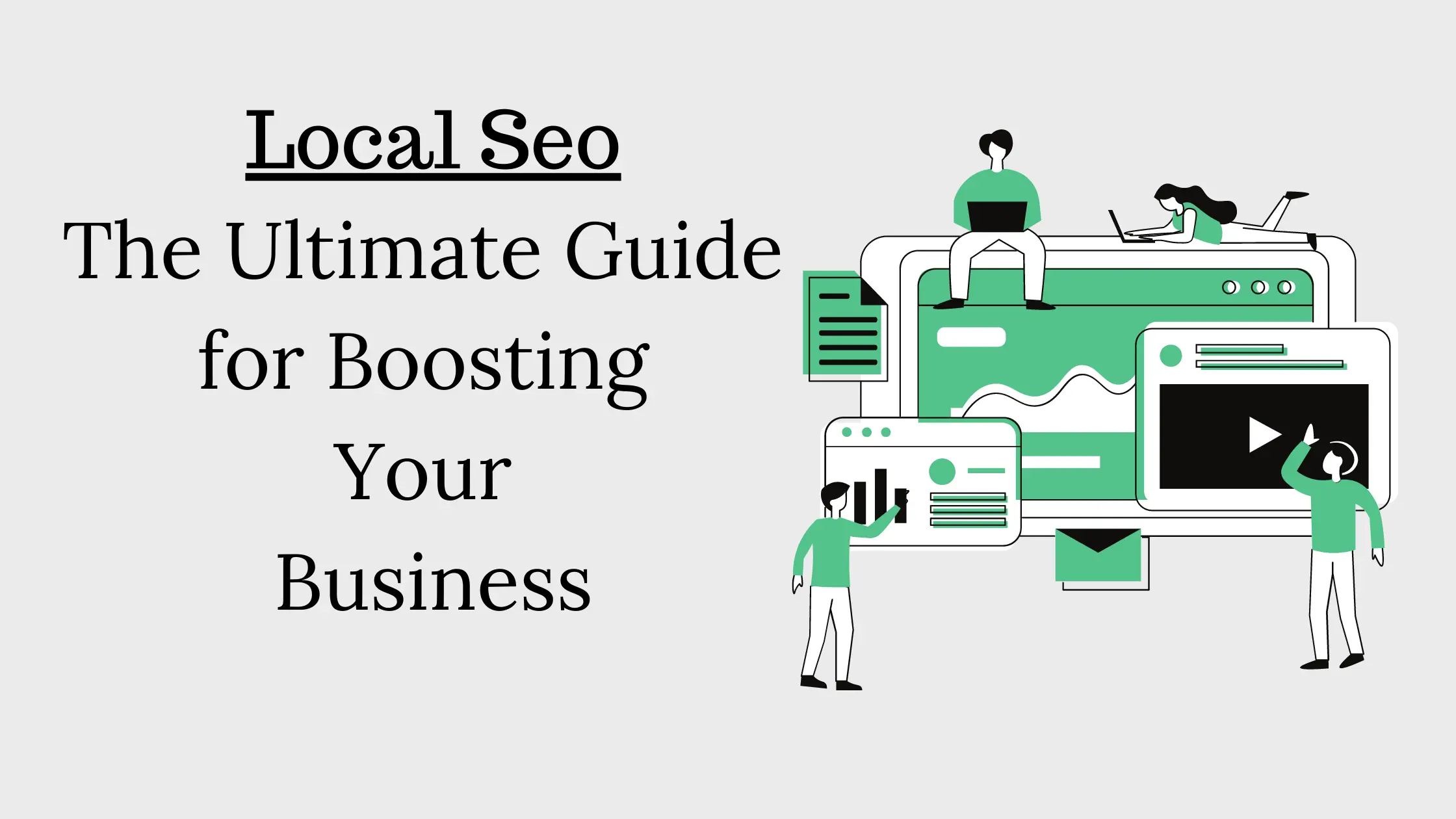In today’s highly competitive digital landscape, businesses need to focus on local search engine optimization (SEO) strategies to enhance their visibility within their neighbourhood. Local SEO allows businesses to target potential customers in their vicinity and increase their chances of attracting foot traffic and generating sales. This comprehensive guide will walk you through the process of implementing effective local SEO strategies to boost your business visibility in your local area. By optimizing your online presence and leveraging various tactics, you can attract more local customers and stay ahead of your competition.
Optimizing Google My Business for Local Seo
Google My Business (GMB) is a powerful tool that allows you to manage your business information across Google’s search engine and map results. To optimize your GMB listing, follow these steps:
- Claim and verify your listing: Claim ownership of your business on GMB and verify it through a postcard or phone call. This will ensure that you have control over your listing.
- Provide accurate information: Fill in all the relevant details about your business, including your name, address, phone number (NAP), website, hours of operation, and categories. Be sure to keep this information consistent across all online platforms.
- Add photos and videos: Include high-quality images and videos that showcase your products, services and the unique aspects of your business.
- Encourage customer reviews: Positive reviews on your GMB listing can boost your credibility and attract more customers. Encourage satisfied customers to leave reviews and respond to them promptly and professionally.
Generating Local Citations
Local citations are mentions of your business information on other websites, directories, and platforms. They play a crucial role in local SEO and can improve your business’s visibility. Here’s how you can generate local citations:
- Submit to online directories: Start by submitting your business information to popular online directories such as Yelp, Yellow Pages, and TripAdvisor. Ensure that your NAP information is consistent across all directories.
- Target industry-specific directories: Identify directories that are specific to your industry or niche and submit your business information there. These niche directories can attract highly targeted local traffic.
- Seek local partnerships: Collaborate with other local businesses or organizations to feature your business information on their websites. This can include guest blogging, cross-promotion, or sponsorships.
Acquiring Online Reviews: Important Things for Local Seo
Online reviews are a crucial factor in local SEO. Positive reviews not only improve your visibility but also build trust and credibility among potential customers. Here are some tips for acquiring online reviews:
- Encourage satisfied customers: Ask your satisfied customers to leave reviews on platforms like Google, Yelp, and Facebook. Consider offering incentives or discounts to customers who leave a review.
- Respond to reviews: Engage with both positive and negative reviews by responding to them in a timely and professional manner. This shows that you value your customers’ feedback.
- Monitor your online reputation: Regularly monitor and manage your online reviews to address any issues promptly. This demonstrates your commitment to customer satisfaction.
Leveraging Location-Based Keywords
Optimizing your website content with location-based keywords helps search engines understand that your business is relevant to local searches. Here’s how you can leverage location-based keywords:
- Conduct keyword research: Use keyword research tools to identify relevant location-based keywords that potential customers might use when searching for local businesses like yours.
- Optimize your website content: Incorporate location-based keywords naturally into your website’s meta tags, headings, content, and URLs. However, avoid keyword stuffing, as it can harm your rankings.
- Create location-specific landing pages: If you serve multiple locations, consider creating individual landing pages for each location. Optimize these pages with location-based keywords to improve their visibility in local searches.
Implementing Structured Data Markup
Structured data markup helps search engines understand the content and context of your website. By implementing structured data markup, you can enhance your visibility in search results and potentially appear in rich snippets. Follow these steps to implement structured data markup:
- Identify relevant markup types: Determine the structured data markup types that align with your business, such as LocalBusiness, Product, or Review.
- Use Schema.org markup: Schema.org provides a standardized vocabulary for structured data. Use Schema.org markup to annotate the relevant information on your website.
- Test and validate your markup: Utilize Google’s Structured Data Testing Tool or other validation tools to ensure that your markup is implemented correctly and error-free.
Local Link Building For Seo
Building local links can significantly boost your local SEO efforts. Here are some effective strategies for local link-building:
- Reach out to local businesses: Identify complementary local businesses and reach out to them for potential link partnerships. This can include collaborations on content, events, or joint promotions.
- Sponsor local events and charities: Get involved in local events and sponsorships. This not only helps you build relationships within the community but also earns you backlinks from event websites and local organizations.
- Create locally-focused content: Develop high-quality content that caters specifically to your local audience. This can include guides, resources, or blog posts that provide valuable information to people in your neighbourhood.
Consistent NAP Information: Most Important for Local Seo
Consistency in your business’s NAP information across all online platforms is crucial for local SEO success. Inaccurate or inconsistent NAP information confuses search engines and potential customers. Regularly audit and update your NAP information on your website, social media profiles, online directories, and other platforms to ensure accuracy and consistency.
- Mobile Optimization: With the increasing use of mobile devices, optimizing your website for mobile is crucial for local SEO. Ensure that your website is responsive and mobile-friendly, providing a seamless browsing experience for users on smartphones and tablets. Mobile optimization is not only a ranking factor but also enhances user experience, leading to higher engagement and conversions.
- Local Content Creation: Create high-quality and informative content tailored to your local audience. Develop blog posts, articles, and resources that address local needs, interests, and events. Incorporate local keywords naturally within your content to further boost your local search visibility. Share your content on social media and engage with local influencers to expand its reach within your community.
- Online Local Directories: In addition to significant directories, explore niche-specific and local directories relevant to your industry. Submit your business information to these directories to increase your online visibility within your local area. Ensure that your NAP information is consistent across all directories for optimal results.
Conclusion
By implementing the strategies outlined in this comprehensive guide, you can significantly improve your business visibility within your neighbourhood. Optimizing your Google My Business listing, generating local citations, acquiring online reviews, leveraging location-based keywords, implementing structured data markup, and building local links are essential to a successful local SEO campaign. Remember to monitor your progress, adapt your strategies as needed, and stay committed to providing excellent products or services to your local customers. With dedication and consistency, you can position your business for long-term success in your neighbourhood.

